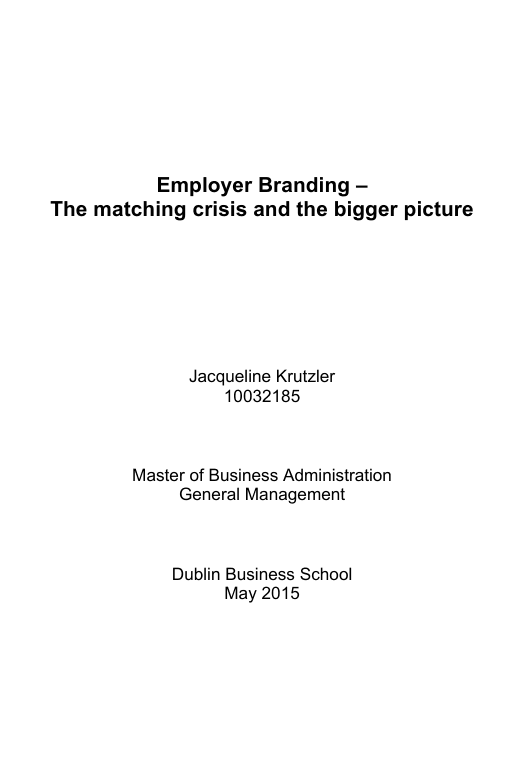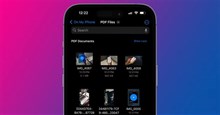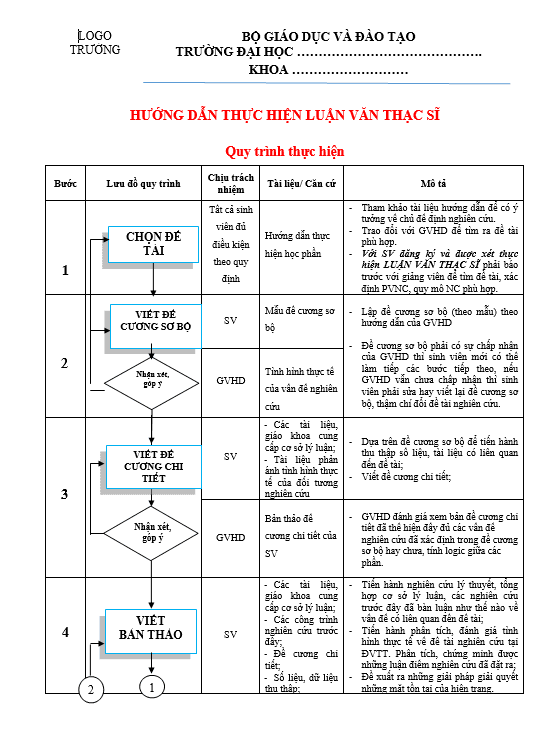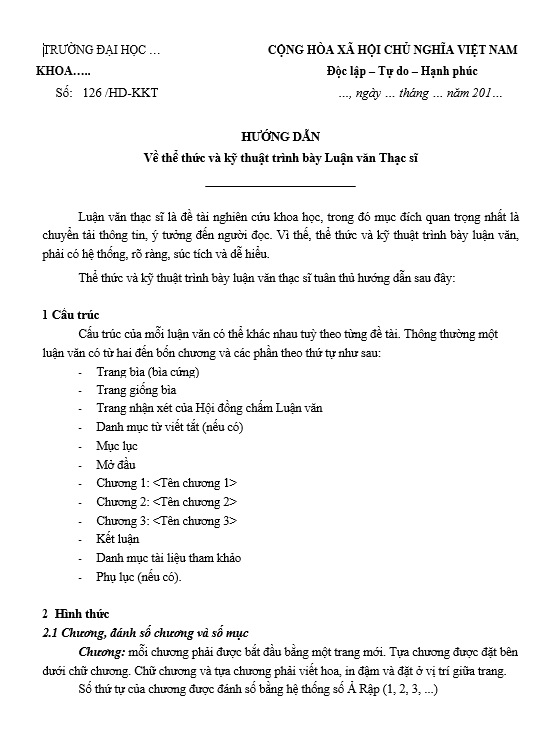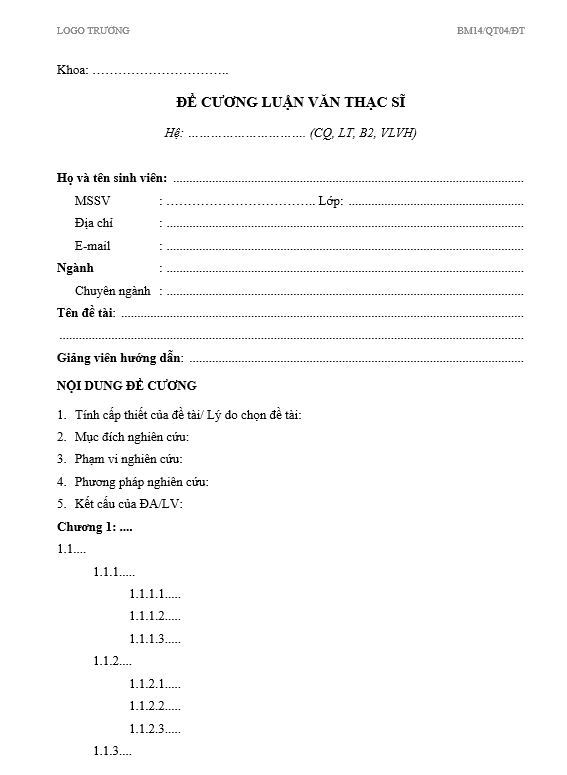Table of Contents
LIST OF FIGURES ……………………………………………………………………………………….. V
LIST OF TABLES …………………………………………………………………………………………. V
ACKNOWLEDGEMENTS …………………………………………………………………………….. VI
DECLARATION ………………………………………………………………………………………….. VII
ABSTRACT ………………………………………………………………………………………………. VIII
1. INTRODUCTION AND PROBLEM DEFINITION ……………………………………………………. 1
1.1. Purpose Statement ………………………………………………………………………….. 4
1.2. Research Question ………………………………………………………………………….. 5
1.3. Organisation of the Dissertation ………………………………………………………… 6
2. LITERATURE REVIEW ……………………………………………………………………………….. 7
2.1. Literature Review Introduction …………………………………………………………… 7
2.2. What is a Brand? …………………………………………………………………………….. 9
2.3. From Brand Image, Service Quality, ………………………………………………… 11
Employee and Customer Perception to the Competitive Edge ……………. 11
2.4. Branding and the Interrelationship between the Corporate Brand,
Internal Brand and Employer Brand ………………………………………………… 17
2.5. The Concept of Employer Branding …………………………………………………. 25
2.6. Employer Value Proposition ……………………………………………………………. 30
2.7. The Relation between Organisational Attractiveness and ……………………. 35
Employer Branding ……………………………………………………………………….. 35
2.8. Literature Review Summary ……………………………………………………………. 39
3. METHODOLOGY ……………………………………………………………………………………. 39
3.1. Methodology Introduction ……………………………………………………………….. 39
3.2. Research Philosophy ……………………………………………………………………… 41
3.3. Research Approach ……………………………………………………………………….. 43
3.4. Research Strategies and Techniques ………………………………………………. 45
3.5. Research Choices and Data Collection Instruments …………………………… 47
3.6. Time Horizon ………………………………………………………………………………… 48
3.7. Data collection and data analysis …………………………………………………….. 49
3.8. Selecting Respondents …………………………………………………………………… 50
3.9. Data Analysis Procedures ………………………………………………………………. 51
3.10. Research Ethics …………………………………………………………………………… 53
3.11. Limitations of the Research …………………………………………………………… 55
3.12. Conclusion ………………………………………………………………………………….. 56
4. DATA ANALYSIS AND FINDINGS …………………………………………………………………. 57
4.1. People Services Management Team ……………………………………………….. 58
4.1.1. Ethos of the Company ………………………………………………………………….. 58
4.1.2. Employer Brand Management and Employer Value Proposition ………… 60
4.1.3. Organisational Attractiveness and Corporate Reputation ………………….. 64
in Relation to Kempinski’s Employer Brand ……………………………………… 64
4.1.4. The Impact of the Employer Brand on the Employee’s Behaviour
and Productivity ……………………………………………………………………………. 68
4.1.5. Prevention of Inconsistency and Breach of the Promise Made
to Employees ………………………………………………………………………………. 71
4.2. Employees Perception on Kempinski’s Employer Brand ……………………… 72
4.2.1. Association with the Brand Kempinski and the Perception of
the Company’s Employer Brand …………………………………………………….. 72
4.2.2. The Main Reason to Work for the Hotel Palais Hansen Kempinski,
Brand Image and Job requirements ………………………………………………… 74
4.2.3. The Influence and Effect of the Employer Brand on
an Employee’s Performance and Decision-Making …………………………… 76
5. DISCUSSION ………………………………………………………………………………………… 79
5.1. Ethos of the Company ……………………………………………………………………. 79
5.2. Employer Brand Management and Employer Value Proposition ………….. 81
5.3. Organisational Attractiveness and Corporate Reputation ……………………. 85
in Relation to Kempinski’s Employer Brand ……………………………………….. 85
5.4. Employee’s Perception of
the Employer Brand Hotel Palais Hansen Kempinski ………………………….. 88
5.5. Limitations of the Research …………………………………………………………….. 89
6. CONCLUSION AND RECOMMENDATIONS ……………………………………………………… 90
6.1. Recommendations for Future Research ……………………………………………. 94
6.2. Managerial Implications ………………………………………………………………….. 95
7. REFERENCES ……………………………………………………………………………………….. 97
8. APPENDICES ………………………………………………………………………………………. 107
8.1. Appendix 1 – Reflection ………………………………………………………………… 107
8.2. Appendix 2 – Employer Branding Questionnaire ………………………………. 111
8.3. Appendix 3 – Employee Questionnaire ……………………………………………. 113
8.4. Appendix 4 – CONSENT FORM FOR PARTICIPANTS …………………….. 115
8.5. Appendix 5 – Customer Satisfaction Survey (CSS) ………………………….. 117

